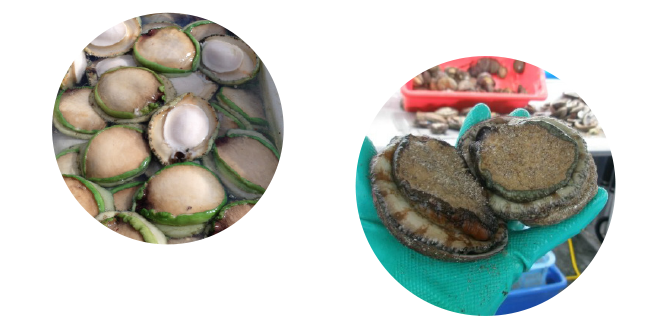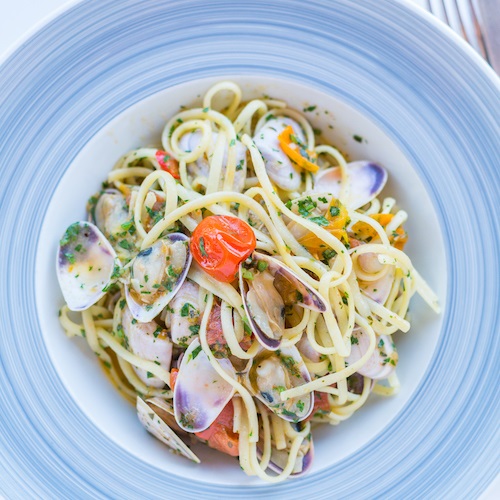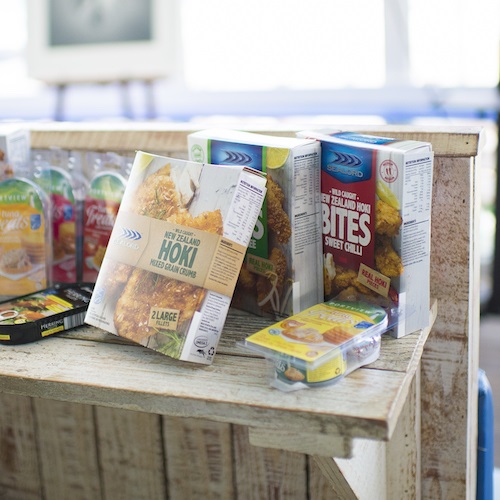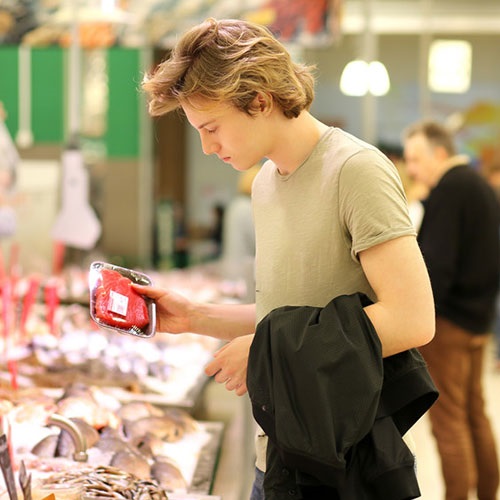Find out about abalone, one of Australia’s most highly-valued seafood species and why is there no sustainable abalone available to buy in Australia & New Zealand.
What is abalone?
Abalone is a type of large, flat, sea snail, highly prized by Asian restaurants in Australia and overseas, making abalone one of Australia’s most highly-valued seafood species. Brownlip (Haliotis conicopora), greenlip (Haliotis laevigata) and Roe's abalone (Haliotis roei) are sold canned, frozen, and increasingly as fresh product, to key markets in Australia, Japan, China and South-East Asia.

Abalone facts
Unlike most other popular molluscs, including scallops, oysters and mussels which are bivalves with two shells hinged together, abalone have just one shell. Abalone divers operate from small vessels, using a ‘hookah’ (surface supplied breathing apparatus) or scuba. The shellfish are prised from rocks using a tool called an iron.
Is abalone sustainable?
There is no such thing as a sustainable species of fish. Only sustainable populations of fish. The Western Australia Abalone fishery is the world’s first to be certified in the Southern hemisphere to the Marine Stewardship Council’s global standard for a well-managed and sustainable fishery.
Where can I buy sustainable Abalone?
There are currently no abalone products with the blue fish tick available in Australia and New Zealand. Consumer demand is important. You can use your voice to ask your supermarket or restaurant to consider stocking abalone with the MSC’s blue fish tick.
Find out more about where to buy sustainable seafood.
Learn more about abalone fishing
About sustainable fishing of abalone in Western Australia
Western Australia’s internationally desired brownlip, greenlip and roe abalone are the first abalone in the world to be certified sustainable. The abalone fishery gained certification through a Western Australia Department of Primary Industries and Regional Development program facilitating opportunities for all of the state’s fisheries to be assessed to the MSC Fisheries Standard.
Abalone divers operate from small vessels, using a 'hookah' (surface supplied breathing apparatus) or scuba equipment. The shellfish are prised from rocks using an 'iron'.
The greenlip/brownlip abalone fishery operates in shallow coastal waters off the south-west coasts of Western Australia. The brownlip abalone catch is taken in much smaller quantities than the greenlip. Commercial catches peaked at 270 tonnes in the first year of the fishery (1971) and were generally between 180 and 260 tonnes per year until the introduction of a total allowable catch (TAC) in 1990. Since then catches have been relatively stable at around 200 tonnes per year.
Catches of Roe's abalone peaked in 1997/98 at 119t, and have since ranged from around 67t (in 2012/13 after the marine heatwave) to 107t. Fishing effort has decreased by more than 50% since 1992.
The abalone fishery is part of a program by the Western Australia Department of Fisheries where all the state's fisheries are given the opportunity to be assessed to the MSC standard.
About abalone farming
According to the Aquaculture Stewardship Council, "Abalone farmers have to work hard to ensure that the conditions in which abalone is farmed meet high standards."
Find out more about ASC certified responsibly sourced abalone
WA Abalone Fishery
Explore more sustainable fish to eat
Find more sustainable seafood species that are MSC certified in Australia and New Zealand.
Explore the sustainable seafood guide.


Sustainable seafood recipes
Chefs and seafood lovers from around the world share quick and tasty ways of cooking MSC certified seafood.

10 reasons to choose the blue fish tick
Choose seafood which helps to protect oceans, livelihoods and fish for the future.

Buy sustainable seafood
Where to find the blue fish tick at supermarkets, fish shops and restaurants.

